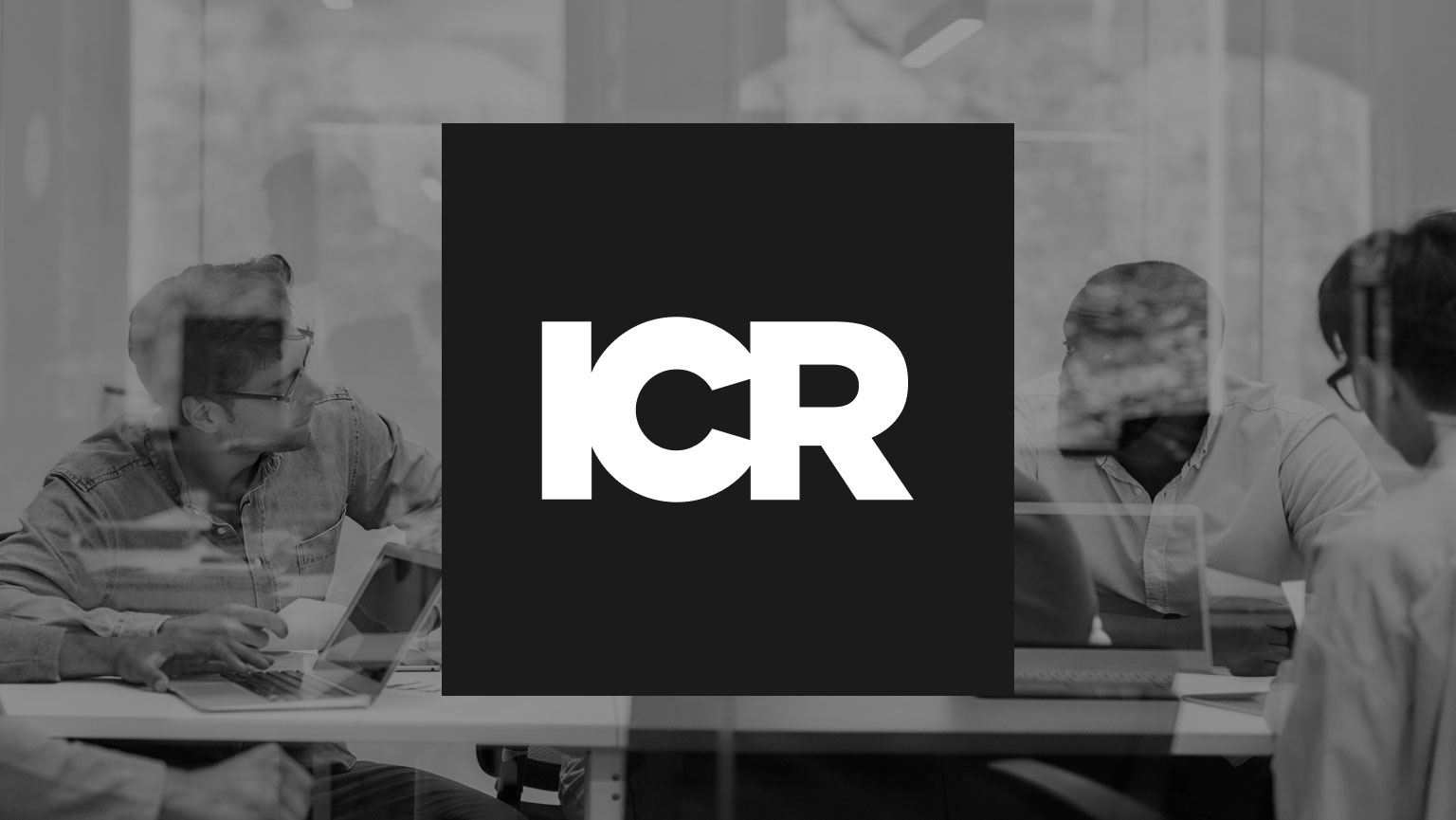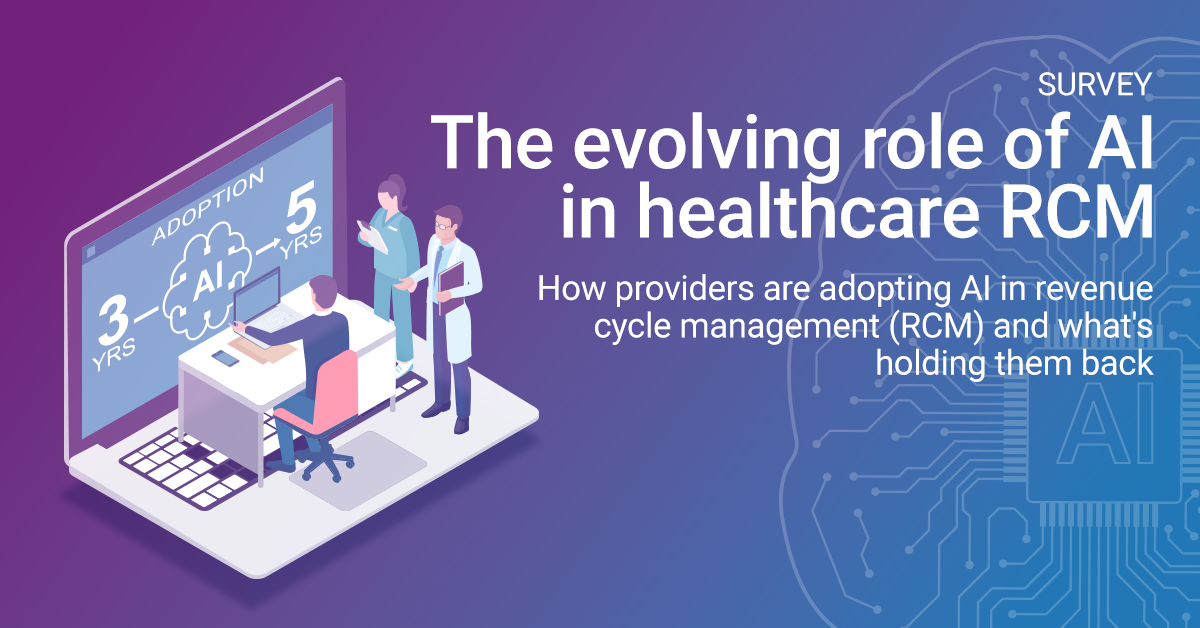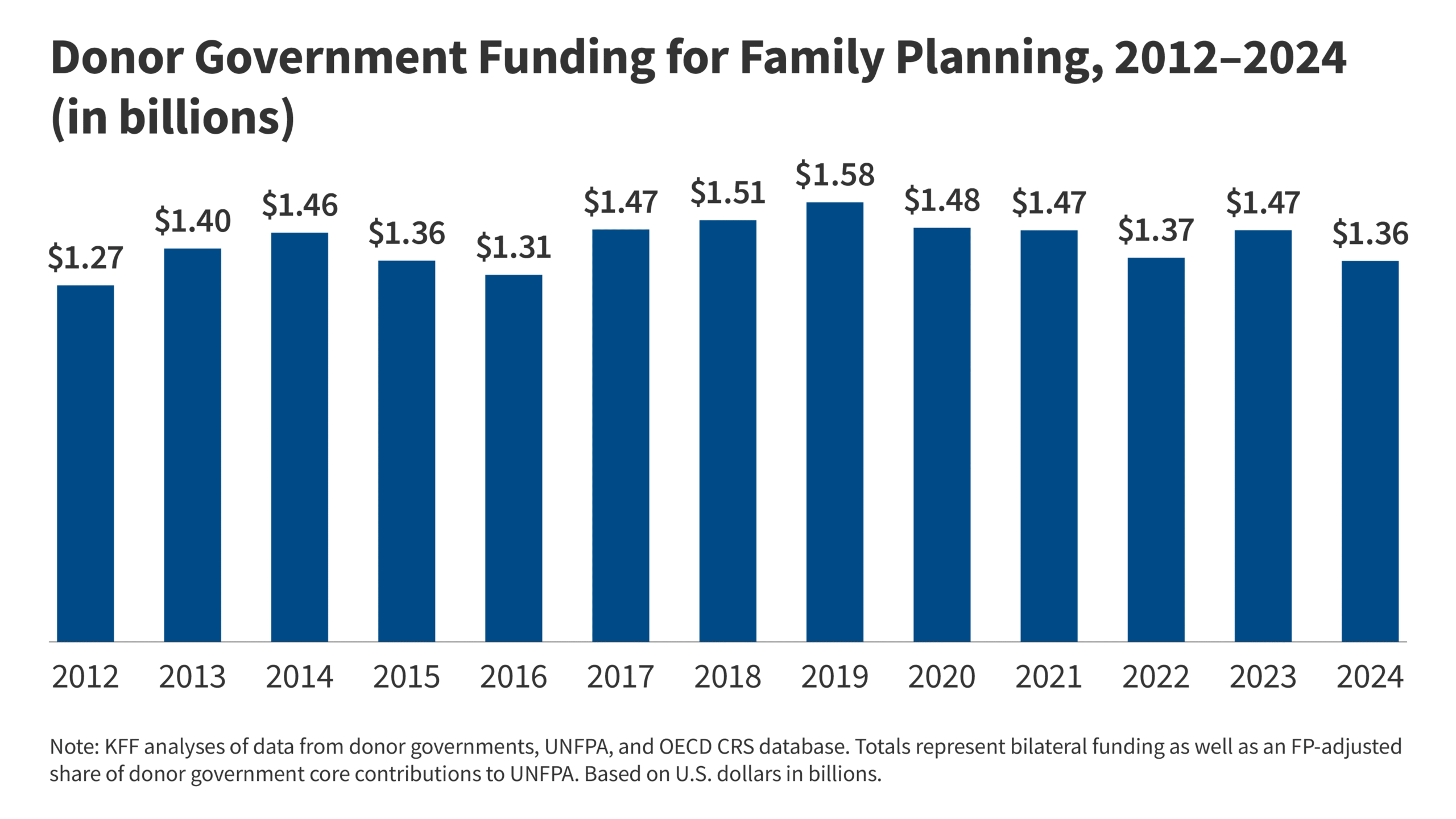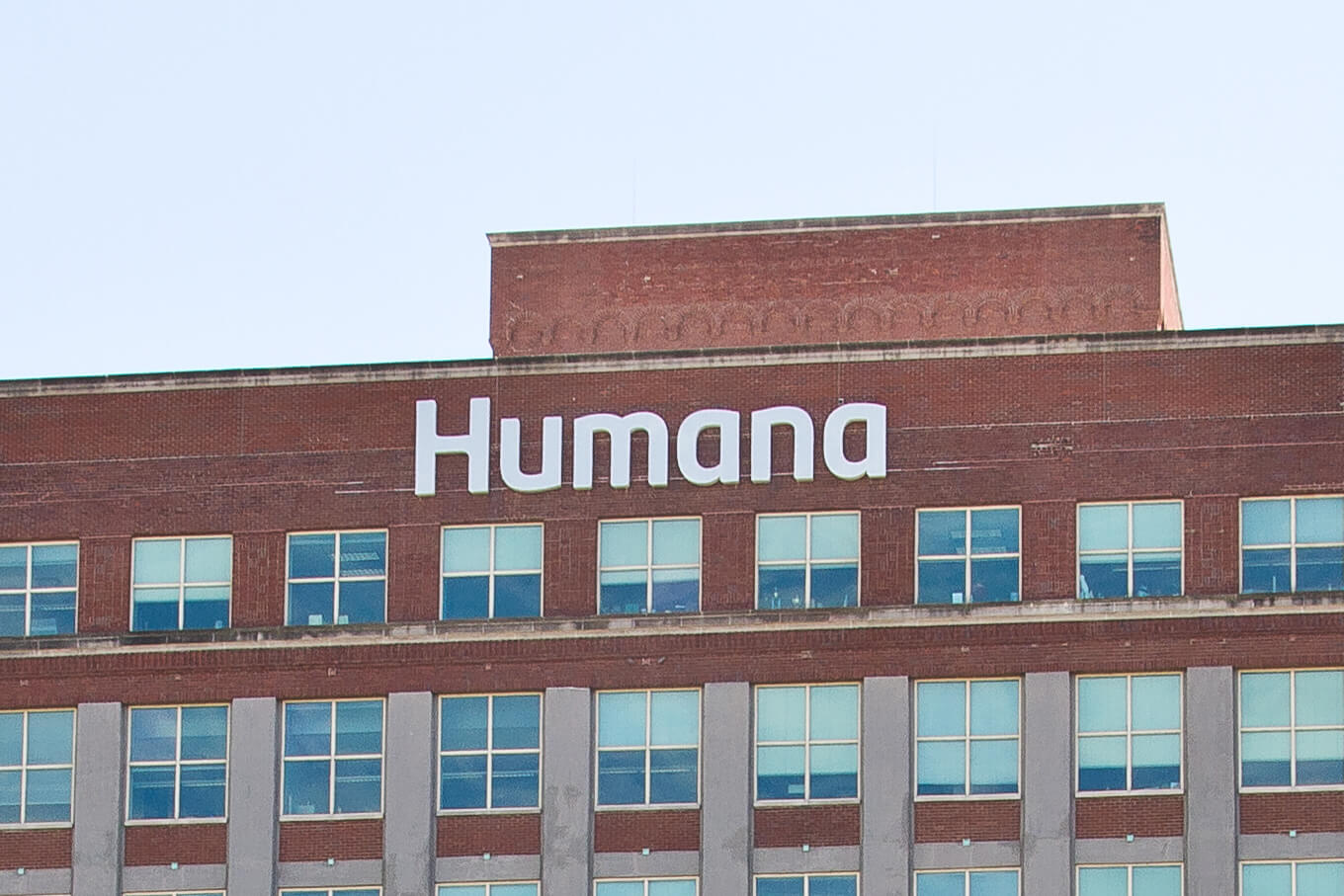Here is just some of what decades of research has revealed about poverty’s ill effects on children: lower birth weights and more obesity, diabetes, asthma, anxiety, smoking, depression, and intellectual disabilities, as well as lower college attendance and a greater likelihood of entering the criminal justice system.
And then there is the negative fallout if parents, stressed out about money, don’t have healthy interactions with their children or don’t have time for them.
In 2021, as COVID raged and the economy struggled to recover, Congress provided some financial security to parents by adding a few thousand dollars to the monthly amount they received from the longstanding child tax credit. For one year, the credit increased from $2,000 to $3,600 per year for each child under age 6 and to $3,000 for older kids.
The majority of families earning less than $25,000 per year spent that extra money on essentials for their children, such as food, utilities, housing, and school clothing and supplies, according to several studies during COVID.
In response to the extra government assistance, the supplemental poverty rate for children plunged nearly in half, to 5.2 percent in 2021. When the credit expired at the end of 2021, this comprehensive poverty rate, which includes all the family’s income from government benefits, leaped to pre-pandemic levels above 12 percent.
But what if Congress had made the more generous credit permanent?
Three economists looked back at what is known from prior studies about federal cash transfers to poor parents to determine how the larger payments helped their children.
For example, they estimated that the larger COVID tax credit immediately increased birth weights by 10 percent for the babies who were in utero when their mothers received the credit.
Cash transfers like this are also known to improve children’s future economic prospects, increasing the number of years they attend school and their earnings potential as adults. The more generous tax credit improved children’s nutrition, which will likely be another boost to their future earnings.
In a Georgia study on the immediate impact of the cash payments, emergency room visits for children related to abuse at home declined 22 percent compared with pre-COVID years. The payments may have reduced the extreme financial stress experienced by poor and low-income parents.
Most families get the child tax credit, though the enhanced was phased out for families with very high incomes. What was crucial to poor parents, however, were a couple of adjustments in the American Rescue Plan that got cash into their hands quickly.
First, the credit was paid in advance in monthly installments, rather than making families wait until tax time to get it. Congress also made the credit nearly universal, so that a parent was no longer required to file income taxes to receive it.
Unfortunately, the overall effects of the enhanced credit are inconclusive. It lasted for only a year, limiting the data available to researchers to analyze. Assessing its longer-term impacts will take years.
But parents spent the extra money from the government on their children and their family’s well-being. The researchers conclude from this that “the preponderance of the evidence suggests short- and long-term benefits for children” from the extra money that eased poor families’ financial strains.
Squared Away writer Kim Blanton invites you to follow us @SquaredAwayBC on X, formerly known as Twitter. To stay current on our blog, join our free email list. You’ll receive just one email each week – with links to the two new posts for that week – when you sign up here. This blog is supported by the Center for Retirement Research at Boston College.
Publisher: Source link










